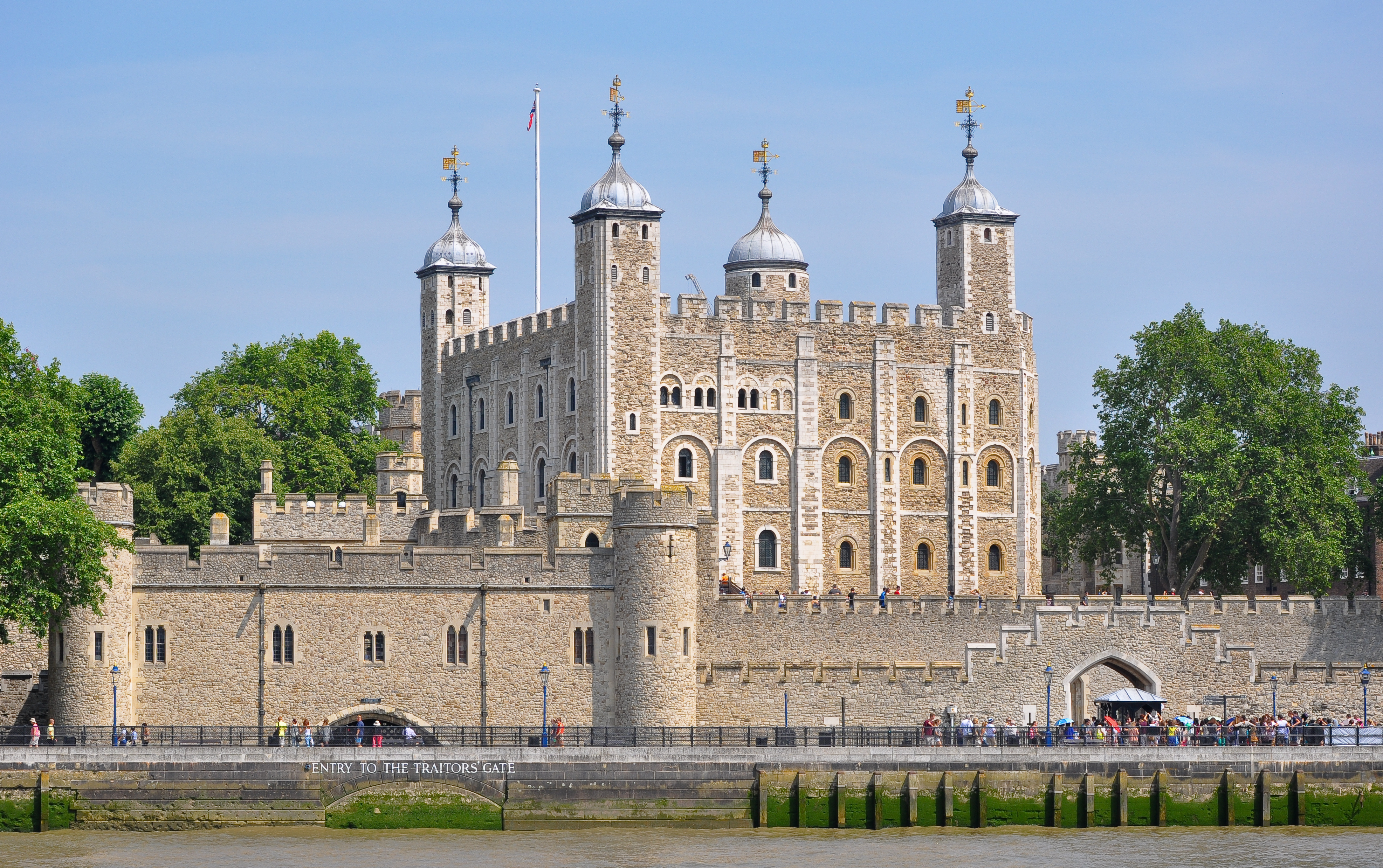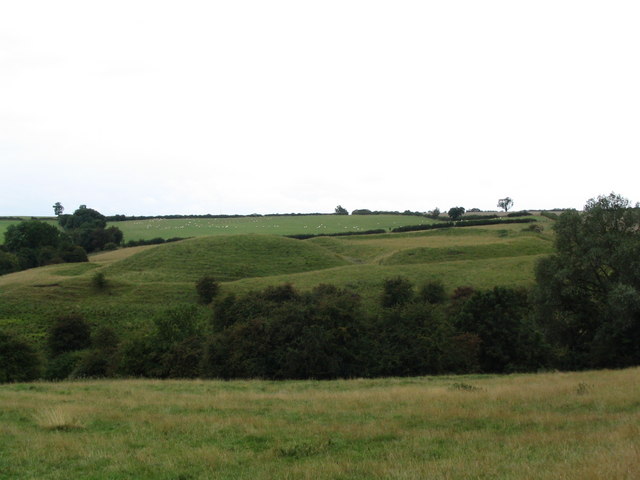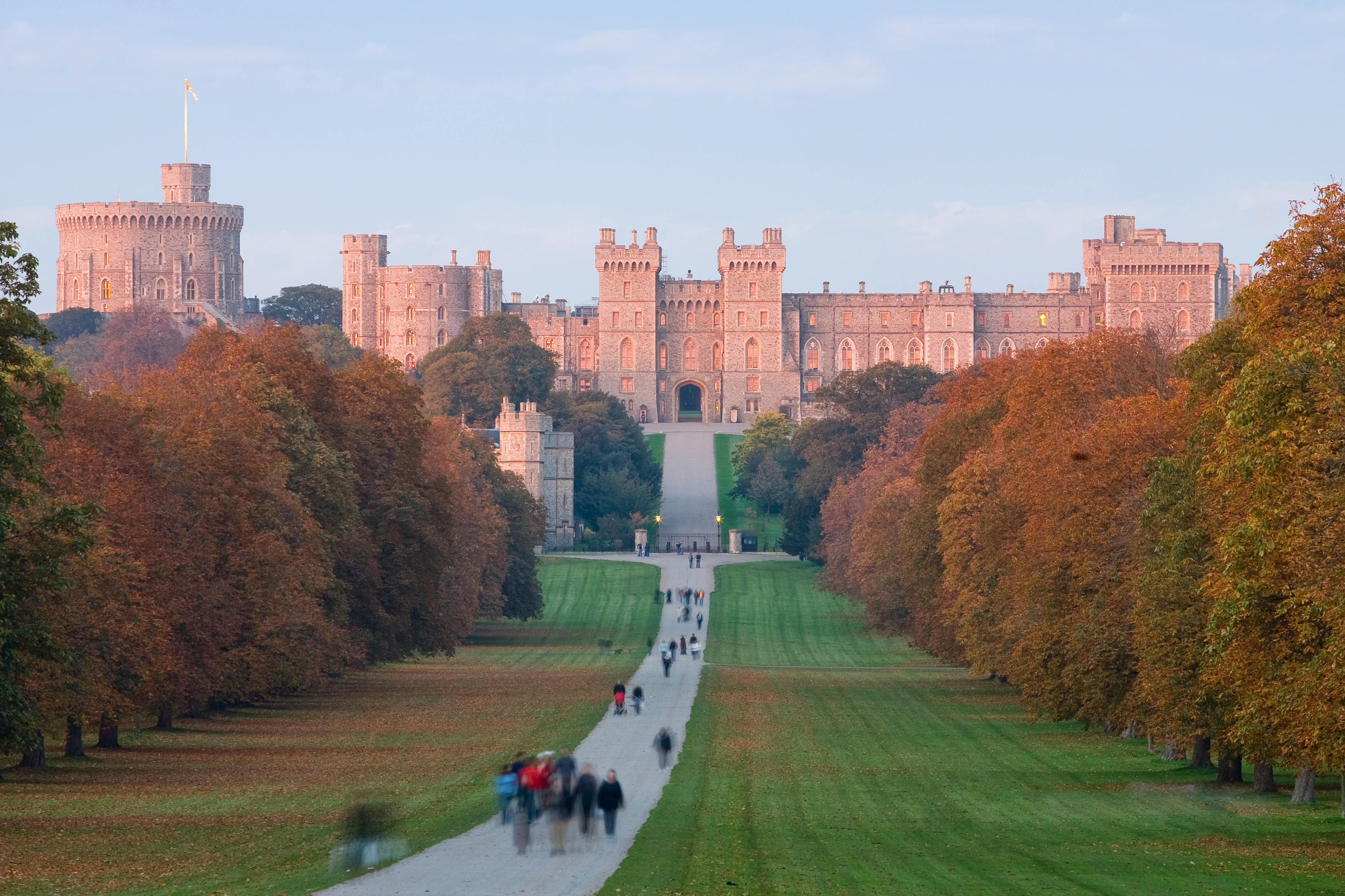|
Castle Howe
Castle Howe is a motte and bailey castle in the town of Kendal, England. History Castle Howe was built after the Norman conquest of England, either in 1087 by the Norman nobleman Ivo Taillebois, or by the nobleman Ketel some time after 1100.Cumbria Extensive Urban Survey', p.10, English Heritage, 2006, accessed 3 April 2012. The castle was designed as a motte and bailey fortification, with a circular motte 11 m high and 48 m wide at the base, and a curved bailey hugging the ridge alongside it. The castle was abandoned in the 12th century, either by one Gilbert, or by William de Lancaster. The bailey was later destroyed when the area was turned into a park. The remaining earthworks are maintained South Lakeland District Council, with information boards placed at the foot of the motte.Kendal – Castle Howe', Visit Cumbria, accessed 3 April 2012. See also *Castles in Great Britain and Ireland *List of castles in England This list of castles in England is ... [...More Info...] [...Related Items...] OR: [Wikipedia] [Google] [Baidu] |
Kendal
Kendal, once Kirkby in Kendal or Kirkby Kendal, is a market town and civil parish in the South Lakeland district of Cumbria, England, south-east of Windermere and north of Lancaster. Historically in Westmorland, it lies within the dale of the River Kent, from which its name is derived. At the 2011 Census, the town had a population of 28,586, making it the third largest town in Cumbria after Carlisle and Barrow-in-Furness. It is renowned today mainly as a centre for shopping, for its festivals and historic sights, including Kendal Castle, and as the home of Kendal Mint Cake. The town's grey limestone buildings have earned it the sobriquet "Auld Grey Town". Name ''Kendal'' takes its name from the River Kent (the etymology of whose name is uncertain but thought to be Celtic) and the Old Norse word ''dalr'' ("valley"). Kendal is listed in the Domesday Book as part of Yorkshire with the name Cherchebi (from Old Norse ''kirkju-bý'', "church-village"). For many centuri ... [...More Info...] [...Related Items...] OR: [Wikipedia] [Google] [Baidu] |
Cumbria
Cumbria ( ) is a ceremonial and non-metropolitan county in North West England, bordering Scotland. The county and Cumbria County Council, its local government, came into existence in 1974 after the passage of the Local Government Act 1972. Cumbria's county town is Carlisle, in the north of the county. Other major settlements include Barrow-in-Furness, Kendal, Whitehaven and Workington. The administrative county of Cumbria consists of six districts (Allerdale, Barrow-in-Furness, Carlisle, Copeland, Eden and South Lakeland) and, in 2019, had a population of 500,012. Cumbria is one of the most sparsely populated counties in England, with 73.4 people per km2 (190/sq mi). On 1 April 2023, the administrative county of Cumbria will be abolished and replaced with two new unitary authorities: Westmorland and Furness (Barrow-in-Furness, Eden, South Lakeland) and Cumberland (Allerdale, Carlisle, Copeland). Cumbria is the third largest ceremonial county in England by area. It is ... [...More Info...] [...Related Items...] OR: [Wikipedia] [Google] [Baidu] |
Motte And Bailey
A motte-and-bailey castle is a European fortification with a wooden or stone keep situated on a raised area of ground called a motte, accompanied by a walled courtyard, or bailey, surrounded by a protective ditch and palisade. Relatively easy to build with unskilled labour, but still militarily formidable, these castles were built across northern Europe from the 10th century onwards, spreading from Normandy and Anjou in France, into the Holy Roman Empire in the 11th century. The Normans introduced the design into England and Wales. Motte-and-bailey castles were adopted in Scotland, Ireland, the Low Countries and Denmark in the 12th and 13th centuries. Windsor Castle, in England, is an example of a motte-and-bailey castle. By the end of the 13th century, the design was largely superseded by alternative forms of fortification, but the earthworks remain a prominent feature in many countries. Architecture Structures A motte-and-bailey castle was made up of two structures: a mot ... [...More Info...] [...Related Items...] OR: [Wikipedia] [Google] [Baidu] |
Castle Howe, 1611
A castle is a type of fortified structure built during the Middle Ages predominantly by the nobility or royalty and by military orders. Scholars debate the scope of the word ''castle'', but usually consider it to be the private fortified residence of a lord or noble. This is distinct from a palace, which is not fortified; from a fortress, which was not always a residence for royalty or nobility; from a ''pleasance'' which was a walled-in residence for nobility, but not adequately fortified; and from a fortified settlement, which was a public defence – though there are many similarities among these types of construction. Use of the term has varied over time and has also been applied to structures such as hill forts and 19th-20th century homes built to resemble castles. Over the approximately 900 years when genuine castles were built, they took on a great many forms with many different features, although some, such as curtain walls, arrowslits, and portcullises, were ... [...More Info...] [...Related Items...] OR: [Wikipedia] [Google] [Baidu] |
Norman Conquest Of England
The Norman Conquest (or the Conquest) was the 11th-century invasion and occupation of England by an army made up of thousands of Norman, Breton, Flemish, and French troops, all led by the Duke of Normandy, later styled William the Conqueror. William's claim to the English throne derived from his familial relationship with the childless Anglo-Saxon king Edward the Confessor, who may have encouraged William's hopes for the throne. Edward died in January 1066 and was succeeded by his brother-in-law Harold Godwinson. The Norwegian king Harald Hardrada invaded northern England in September 1066 and was victorious at the Battle of Fulford on 20 September, but Godwinson's army defeated and killed Hardrada at the Battle of Stamford Bridge on 25 September. Three days later on 28 September, William's invasion force of thousands of men and hundreds of ships landed at Pevensey in Sussex in southern England. Harold marched south to oppose him, leaving a significant portion of h ... [...More Info...] [...Related Items...] OR: [Wikipedia] [Google] [Baidu] |
Ivo Taillebois
Ivo Taillebois (died 1094) was a powerful Norman nobleman, sheriff and tenant-in-chief in 11th-century England. Life Ivo Taillebois was a Norman most probably from Taillebois, now a small hamlet in Saint-Gervais de Briouze, Calvados.K.S.B. Keats-Rohan, ''Domesday People, A Prosopography of Persons Occurring in English Documents 1066-1166'', Vol. I (Woodbridge: The Boydell Press, 1999), p. 283 He sold land at Villers to the Abbey of Saint-Étienne, Caen and donated a church of Christot in Calvados. The latter diploma was attested by his brother Robert. Another brother, Ralph Taillebois, was High Sheriff of Bedfordshire and Ivo succeeded him as sheriff after Ralph's death shortly before 1086. In 1071 King William, with Taillebois leading his army, besieged the Isle of Ely where the rebel leader Hereward the Wake was based.''Outlaws in medieval and early modern England: crime, government and society, c.1066-c.1600'', eds. Paul Dalton; John C Appleby (Farnham, England; Burlington ... [...More Info...] [...Related Items...] OR: [Wikipedia] [Google] [Baidu] |
English Heritage
English Heritage (officially the English Heritage Trust) is a charity that manages over 400 historic monuments, buildings and places. These include prehistoric sites, medieval castles, Roman forts and country houses. The charity states that it uses these properties to "bring the story of England to life for over 10 million people each year". Within its portfolio are Stonehenge, Dover Castle, Tintagel Castle and the best preserved parts of Hadrian's Wall. English Heritage also manages the London Blue Plaque scheme, which links influential historical figures to particular buildings. When originally formed in 1983, English Heritage was the operating name of an executive non-departmental public body of the British Government, officially titled the Historic Buildings and Monuments Commission for England, that ran the national system of heritage protection and managed a range of historic properties. It was created to combine the roles of existing bodies that had emerged from a lo ... [...More Info...] [...Related Items...] OR: [Wikipedia] [Google] [Baidu] |
William De Lancaster I
William de Lancaster I (d. circa 1170), or William Fitz Gilbert, was a nobleman of the 12th century in Northwest England during the Anarchy, and the period during which his region was ruled by King David I of Scotland. His position survived the return of English rule under King Henry II, and his most important lordship, which had previously come together under Ivo de Taillebois, would evolve into what was eventually known as the barony of Kendal. According to a document some generations later, he was also referred to as William de Tailboys (de Taillebois) when younger, and then became "William de Lancaster, baron of Kendal". He died in about 1170. Titles and positions Earliest holdings Despite his by-name "de Lancaster", which was used by his descendants as a family name, William and his relatives appear in contemporary documents relating mainly to what is now the modern county of Cumbria, not Lancashire, the county of Lancaster. He and his family were especially associate ... [...More Info...] [...Related Items...] OR: [Wikipedia] [Google] [Baidu] |
Castles In Great Britain And Ireland
Castles have played an important military, economic and social role in Great Britain and Ireland since their introduction following the Norman invasion of England in 1066. Although a small number of castles had been built in England in the 1050s, the Normans began to build motte and bailey and ringwork castles in large numbers to control their newly occupied territories in England and the Welsh Marches. During the 12th century the Normans began to build more castles in stone – with characteristic square keep – that played both military and political roles. Royal castles were used to control key towns and the economically important forests, while baronial castles were used by the Norman lords to control their widespread estates. David I invited Anglo-Norman lords into Scotland in the early 12th century to help him colonise and control areas of his kingdom such as Galloway; the new lords brought castle technologies with them and wooden castles began to be established over th ... [...More Info...] [...Related Items...] OR: [Wikipedia] [Google] [Baidu] |
List Of Castles In England
This list of castles in England is not a list of every building and site that has "castle" as part of its name, nor does it list only buildings that conform to a strict definition of a castle as a medieval fortified residence. It is not a list of every castle ever built in England, many of which have vanished without trace, but is primarily a list of buildings and remains that have survived. In almost every case the buildings that survive are either ruined, or have been altered over the centuries. For several reasons, whether a given site is that of a medieval castle has not been taken to be a sufficient criterion for determining whether or not that site should be included in the list. Castles that have vanished or whose remains are barely visible are not listed, except for some important or well-known buildings and sites. Fortifications from before the medieval period are not listed, nor are architectural Folly, follies. In other respects it is difficult to identify clear an ... [...More Info...] [...Related Items...] OR: [Wikipedia] [Google] [Baidu] |
Castles In Cumbria
A castle is a type of fortified structure built during the Middle Ages predominantly by the nobility or royalty and by military orders. Scholars debate the scope of the word ''castle'', but usually consider it to be the private fortified residence of a lord or noble. This is distinct from a palace, which is not fortified; from a fortress, which was not always a residence for royalty or nobility; from a ''pleasance'' which was a walled-in residence for nobility, but not adequately fortified; and from a fortified settlement, which was a public defence – though there are many similarities among these types of construction. Use of the term has varied over time and has also been applied to structures such as hill forts and 19th-20th century homes built to resemble castles. Over the approximately 900 years when genuine castles were built, they took on a great many forms with many different features, although some, such as curtain walls, arrowslits, and portcullises, were ... [...More Info...] [...Related Items...] OR: [Wikipedia] [Google] [Baidu] |



.jpg)


